Everything You Need to Know About Growing and Caring for Indoor Plants
Indoor plants do more than just fill up empty corners or make your place look nice. They can actually make your home feel more relaxing. Some plants are even known to help clean the air, which can make a big difference if you spend most of your time indoors.
Besides being helpful for your health, plants bring warmth and life to a space. A few pots of greenery on a shelf or windowsill can really change the feel of a room. If you’re just getting started, don’t worry. There are plenty of plants out there that are easy to grow and don’t need a lot of attention to stay healthy.
This post may contain affiliate links, which helps keep this content free. Please read our disclosure for more info.
Choosing the Right Indoor Plants
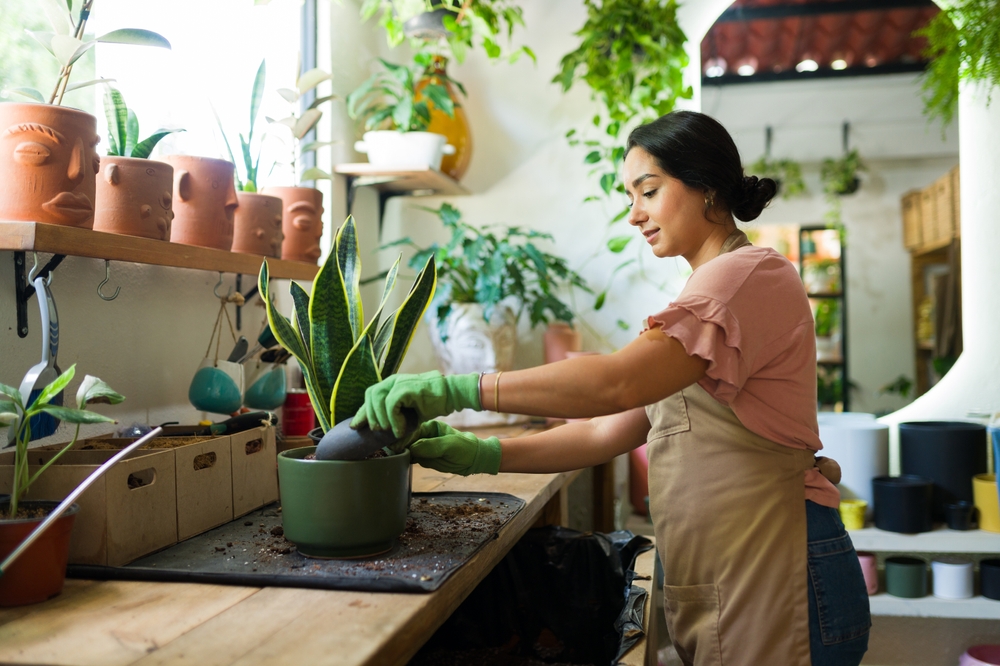
Before you bring home a new plant, it’s a good idea to look at the kind of light you get in different parts of your home. Some plants are fine in low light, while others need a bright, sunny spot to thrive.
Here are some plants to keep in mind.
- For low-light settings, snake plant and pothos are great options.
- For those who have bright lights in their home, you can go for cactus, succulents, and fiddle leaf figs.
- Spider plants, peace lilies, and rubber plants are good options for beginners.
Think about how much space you have as well. A tall plant might look great in a living room, but it could feel crowded in a small apartment.
Understanding Indoor Plant Lighting Needs
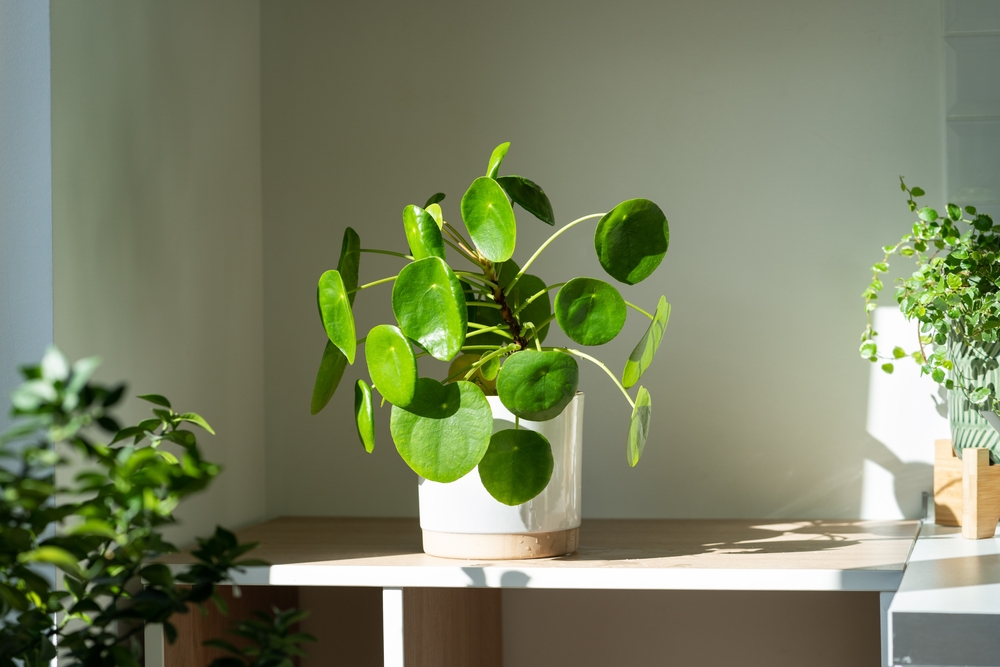
Light is one of the biggest factors that affect how well your plant grows. Most indoor plants do best with bright, indirect light, which usually means placing them near a window that doesn’t get harsh sunlight all day.
Natural light changes during the year, so it’s helpful to pay attention to how much sun a spot gets in the morning versus the afternoon. If you don’t get much sun indoors, you can try using grow lights. A quick trick is to hold your hand in the light where the plant will sit. If your hand casts a shadow, there’s likely enough light for most plants.
Watering Your Indoor Plants
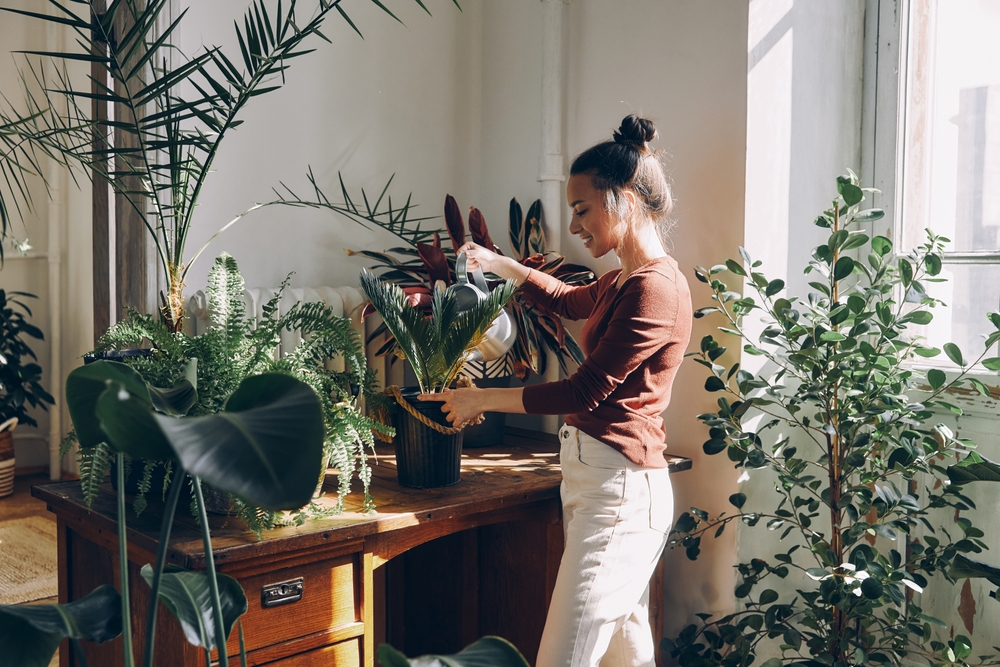
When it comes to watering, there’s no single way to water all your plants. Some plants like to dry out completely between waterings, while others like the soil to stay a little damp.
Follow these tips for healthy watering habits.
- Use pots with drainage holes
- Avoid letting water sit in saucers
- Mist or use a pebble tray for humidity-loving plants
- Water deeply rather than giving small sips
It’s better to check the soil with your finger before watering. If it feels dry a couple of inches down, it’s time to water.
Choosing the Right Soil and Pots
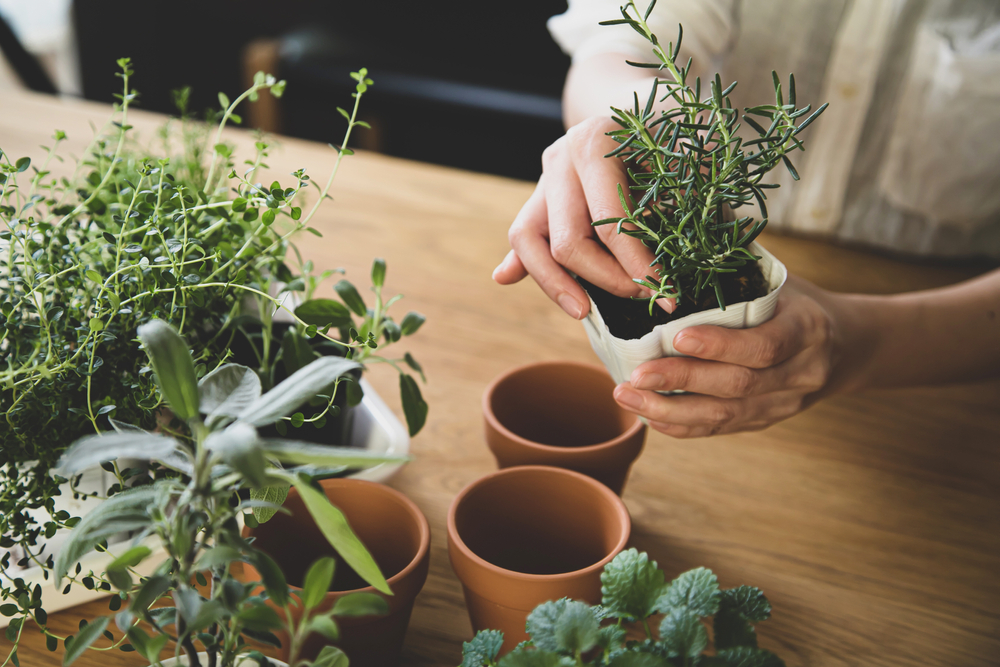
The soil you use plays a big role in how well your plant grows. Most indoor plants will do fine in general-purpose potting mix, but some need special soil. For example, succulents and cacti need fast-draining soil, while orchids like bark-based mixes that let air reach their roots.
The type of pot matters for your plants as well. Clay pots allow water to evaporate, which helps prevent overwatering. Plastic pots hold moisture longer, which can work well for plants that like it damp. No matter the material, always pick pots with drainage holes. If your plant starts to outgrow its container or the roots are circling the bottom, it’s probably time to repot.
Temperature and Humidity Control for Indoor Plants
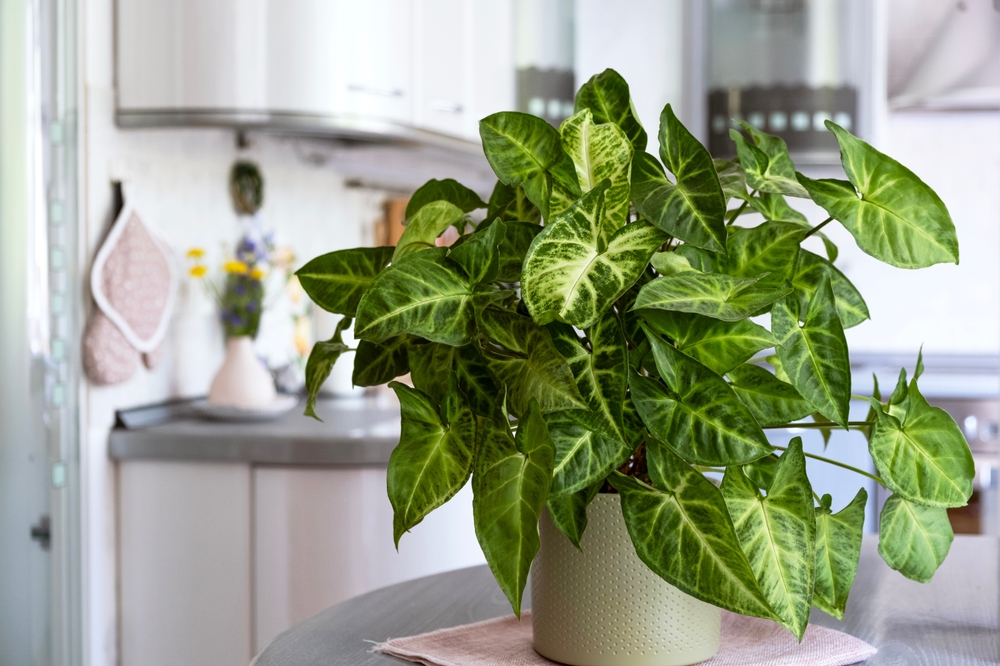
Most indoor plants like temperatures between 65 and 75 degrees during the day. Try to keep them away from cold drafts or heaters, which can stress them out. Sudden changes in temperature can also cause leaves to drop or turn brown.
If your space feels too dry, try these simple fixes.
- Group plants together to trap moisture
- Mist leaves regularly
- Use a humidifier or place plants on pebble trays with water
Tropical plants like ferns, calatheas, and prayer plants tend to do better with extra humidity.
Fertilizing Indoor Plants
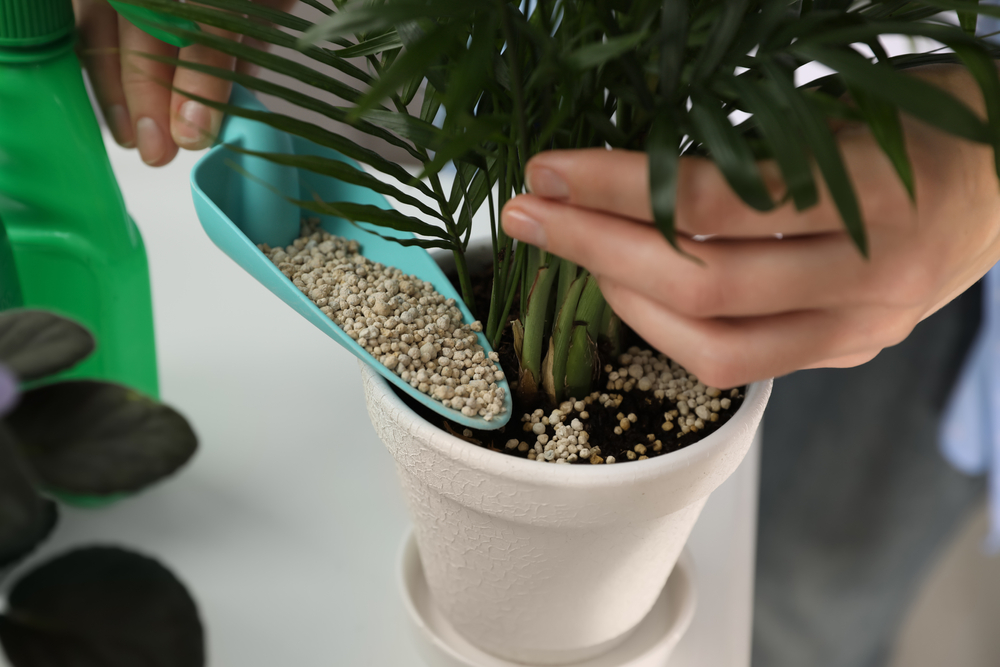
Plants kept in pots eventually use up the nutrients in their soil, so giving them a little food now and then helps them stay strong. You can use liquid, granular, or slow-release fertilizers depending on what’s easiest for you.
Most houseplants only need to be fed during the growing season, which is spring through early fall. Overdoing it can actually hurt your plant, so it’s better to start with less and see how it responds. Some folks like using organic options like compost tea or fish emulsion, while others stick with store-bought mixes.
Common Indoor Plant Problems and How to Solve Them
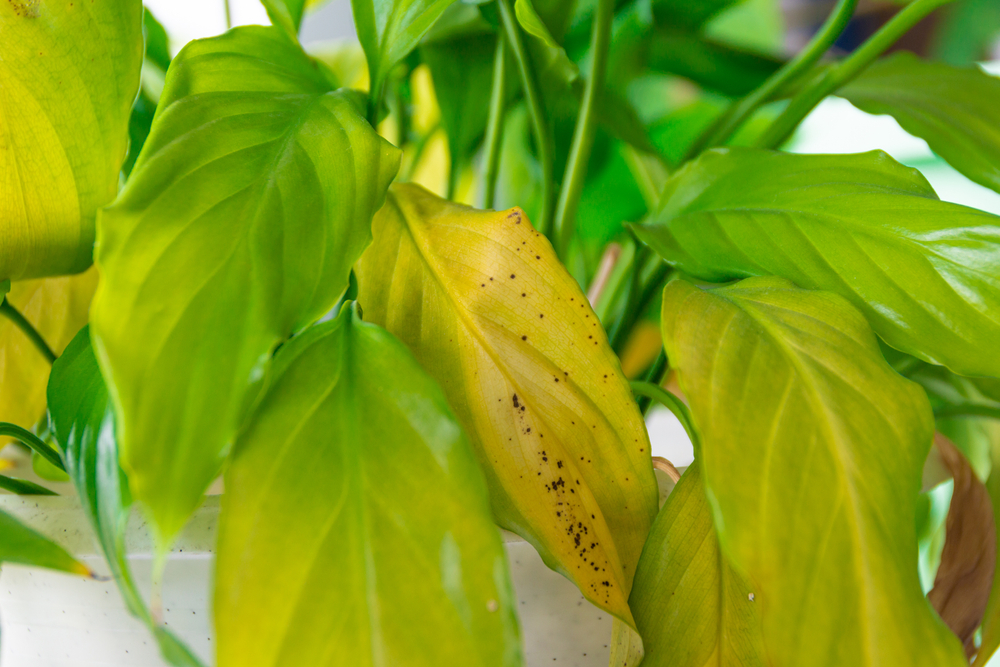
Pests can show up even indoors. If you spot any of these, you can use neem oil, insecticidal soap, or simply wipe down the leaves.
- Spider mites that spread tiny webs under leaves
- Aphids that are small green or black bugs
- Mealybugs that look like white fuzzy spots
Yellow or brown leaf tips usually mean the plant is getting too much water, too little humidity, or needs some nutrients. Try changing one thing at a time so you can see what helps.
Pruning and Maintaining Indoor Plants
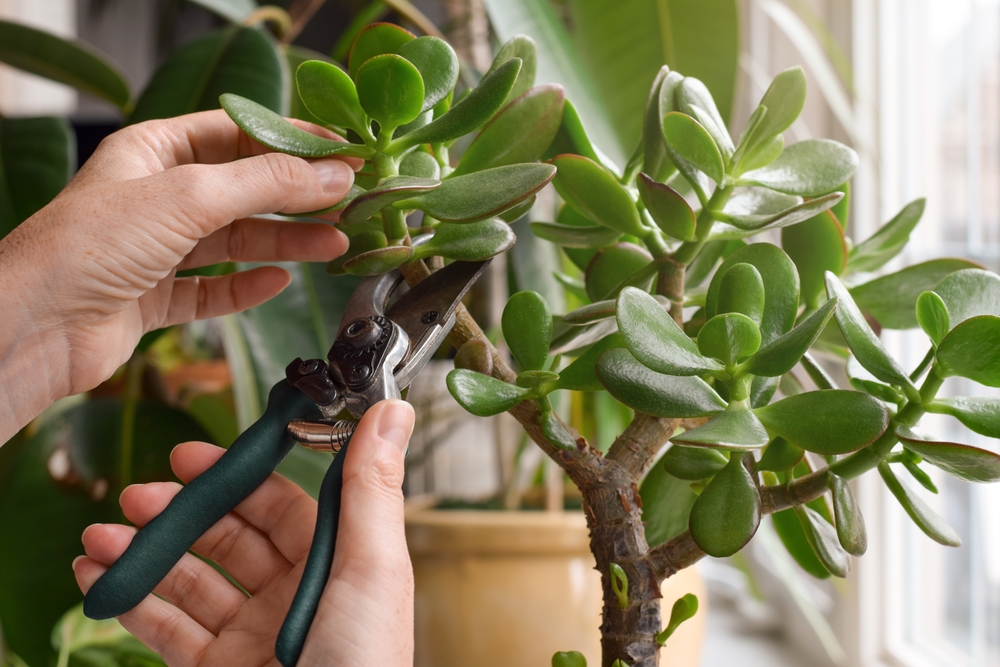
Pruning helps your plants grow better and keeps them looking tidy. Snip off dead or yellowing leaves when you see them. For bushier plants, you can trim back longer stems to encourage new growth.
Use clean, sharp scissors or shears. Foliage plants like pothos or philodendrons benefit from regular trimming, while flowering plants might need a little more care depending on their blooming cycle.
Indoor Plant Care Tips for Different Seasons
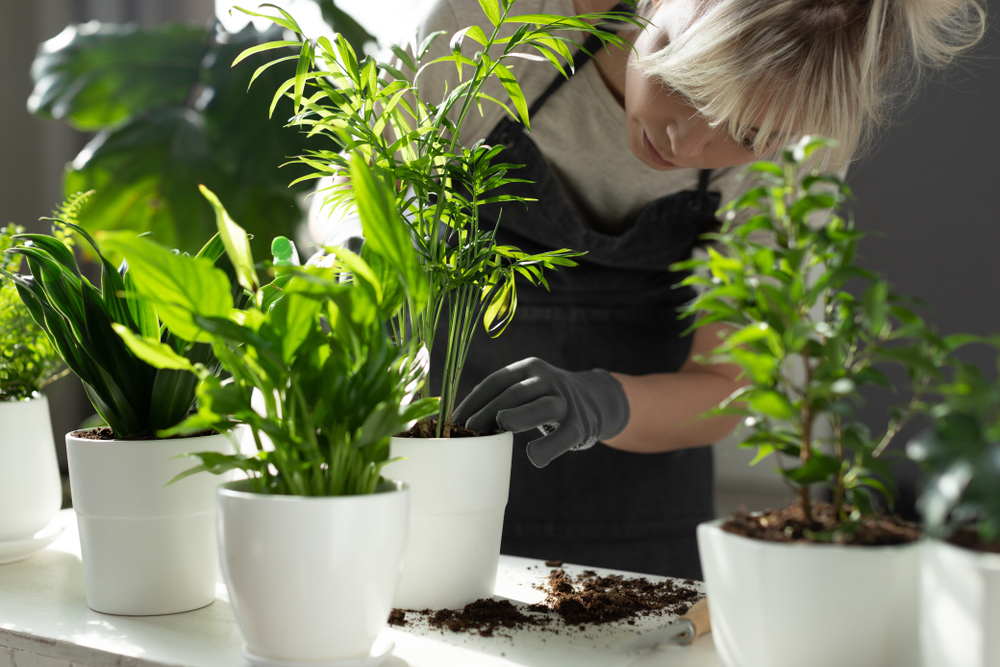
Your plants will need slightly different care as the seasons change. In winter, growth slows down, so you won’t need to water or feed them as much. You might also need to move them closer to a window to get enough light during the shorter days.
In summer, watch out for heat and dry air. You may need to water more often or increase humidity. A little adjustment each season keeps your plants healthy year-round.
Decorating with Indoor Plants
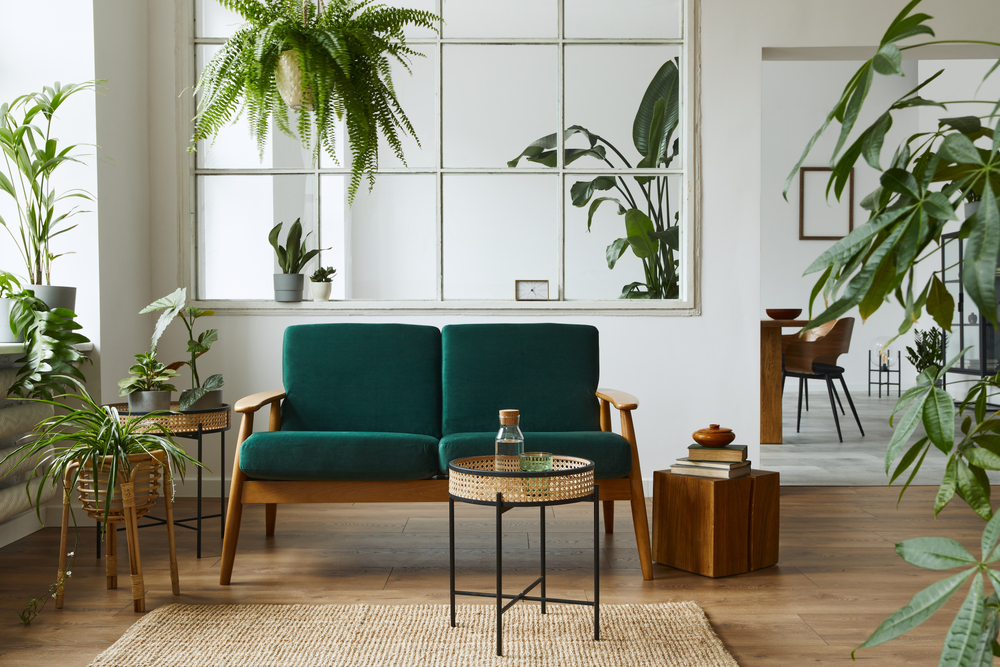
Plants are great for adding some green to your home without making major changes. Try putting a few on floating shelves, in hanging baskets, or on small plant stands. They can make any room feel more alive.
For larger rooms, the monstera and fiddle leaf fig are great choices. For bathrooms, ferns, peace lilies, and air plants that love moisture are your best bet. For your kitchen, potted herbs are great additions.
Indoor plants can bring a lot of joy and color into your home. They’re a great company, don’t take up much space, and once you learn what each one likes, caring for them becomes second nature.
This article originally appeared on Avocadu.
